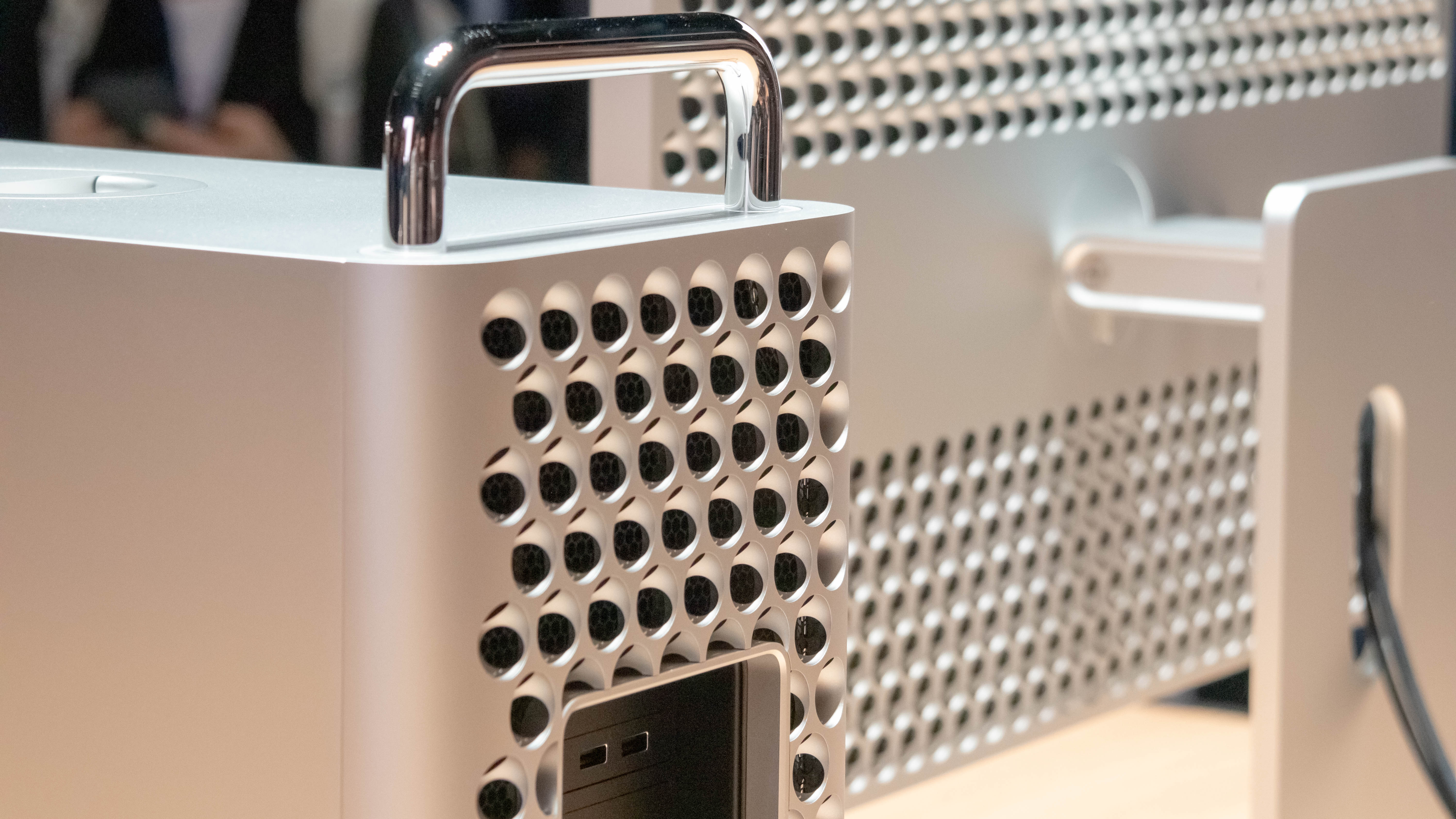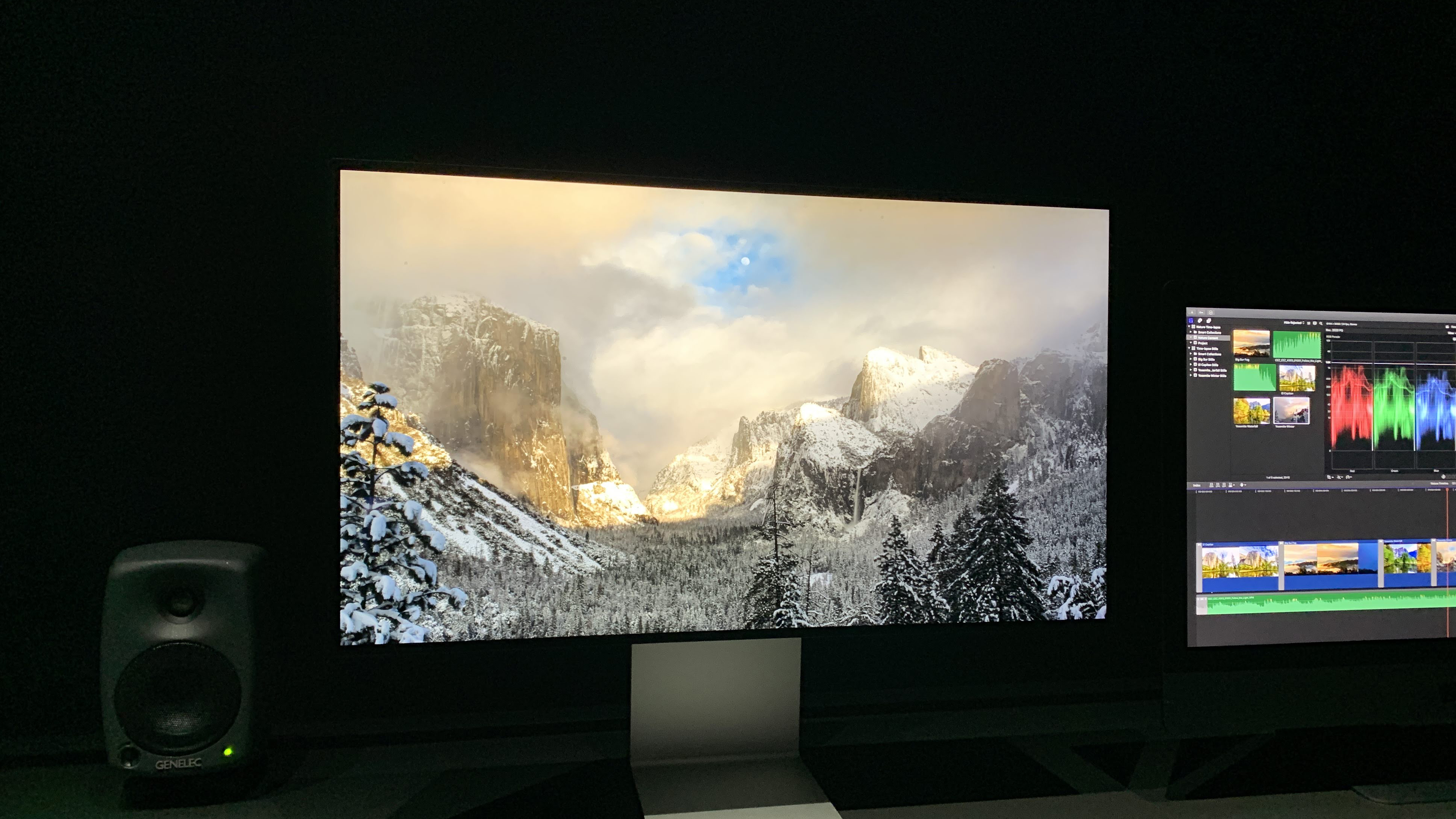The top-end Mac Pro could cost $45,000
Add in the Pro Display XDR monitor and it could set you back $50,000

When Apple announced the new Mac Pro at its WWDC 2019 event, most of us had a feeling that this wouldn’t be a cheap device – the base model costs $5,999 (about £4,730, AU$8,720) after all – but some estimates suggest the cost for the highest-end Mac Pro could top $45,000 (around £35,000, AU$65,000).
The estimates were put together by the Verge and are based on what it would cost to buy the components (or similar) separately. So this is by no means an official price for the top-end Mac Pro, but it gives us a rough idea of what kind of money Apple will be asking for.
And it looks like it will be a lot. A lot of money.
- The best cheap MacBook Pro deal prices
- The best workstations of 2019
- Best mobile workstations 2019: the most powerful laptops for businesses
Cost breakdown
How did the Verge get to the $45,000 figure? Well, first it included the price of the base model of the Mac Pro: $6,000.
It then added the cost of RAM. The high-end version of the Mac Pro is able to handle a huge 1.5TB of RAM. To match that, the Verge calculated you’d need 12 sticks of 128GB DDR4 ECC RAM – which would cost almost $18,000 (around £14,000, AU$26,000).
That’s right – for the same price as a new car or a decent deposit on a house, you can max out the RAM of the Mac Pro.
Next up is storage. While the base Mac Pro comes with a rather disappointing 256GB SSD, it’s likely you’ll be able to upgrade the storage space. The Verge uses the price it costs to upgrade the iMac Pro to its maximum capacity of 4TB of storage – which is $2,400 (around £1,900, AU$3,500) – to estimate what a similar upgrade for the Mac Pro would cost.
Get daily insight, inspiration and deals in your inbox
Sign up for breaking news, reviews, opinion, top tech deals, and more.
Hopefully the Mac Pro will allow users to add in extra storage themselves, which could lower the price, but if Apple wants to keep a tight reign on what users can and can’t upgrade, it could make adding more storage a costly endeavor.
For the CPU, the Verge chose the Intel Xeon W-3275M, which is a 2.5GHz, 28-core processor and costs $7,453 (around £5,900, AU$10,600). While it’s unlikely that the Mac Pro will use this exact CPU, upgrading it to a 28-core processor will likely add a lot on to its asking price.
As the Verge suggests, the hardest cost to estimate is the price of the GPUs. The maxed-out version of the Mac Pro will be able to hold to AMD Radeon Pro Vega II Duo cards, for a total of four AMD Radeon Pro Vega II GPUs – and these will be installed in two MDX Modules and connected via Apple’s Infinity Fabric Link.
We don’t currently know what the price of AMD Pro Vega II cards will be – but it won’t be cheap, especially when you consider the proprietary Apple tech they will come enclosed in. The Verge guesses at a price of $12,000 (around £10,000, AU$17,000) for the four GPUs together – though amazingly that may prove to be on the low end of the actual price.
Throw in the Apple Magic Keyboard and Magic Trackpad 2 (which Apple still sells separately) and you have a total cost of around $45,000.

If even remotely accurate, that’s a huge asking price for the top-end Mac Pro, and we can’t imagine many people or companies going for it. Plus, if you really want the ultimate Mac Pro experience, you’ll want to add in the Apple Pro Display XDR monitor, with a price that will start at $4,999 (which we expect to be around £4,700 / AU$7,000). Oh, and you’ll need a stand for it as well – so add on another $1,000 (around £800, AU$1,500).
That brings the total up to over $50,000 (around £40,000, AU$71,600) – a frankly ludicrous price. While we’d like to think that these estimates are widely off the mark, as it’s Apple we wouldn’t be too surprised.
- These are the best Macs and MacBooks of 2019

Matt is TechRadar's Managing Editor for Core Tech, looking after computing and mobile technology. Having written for a number of publications such as PC Plus, PC Format, T3 and Linux Format, there's no aspect of technology that Matt isn't passionate about, especially computing and PC gaming. He’s personally reviewed and used most of the laptops in our best laptops guide - and since joining TechRadar in 2014, he's reviewed over 250 laptops and computing accessories personally.